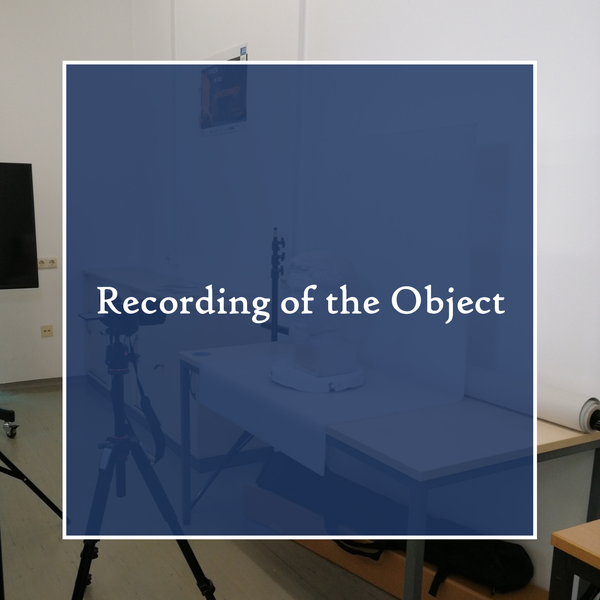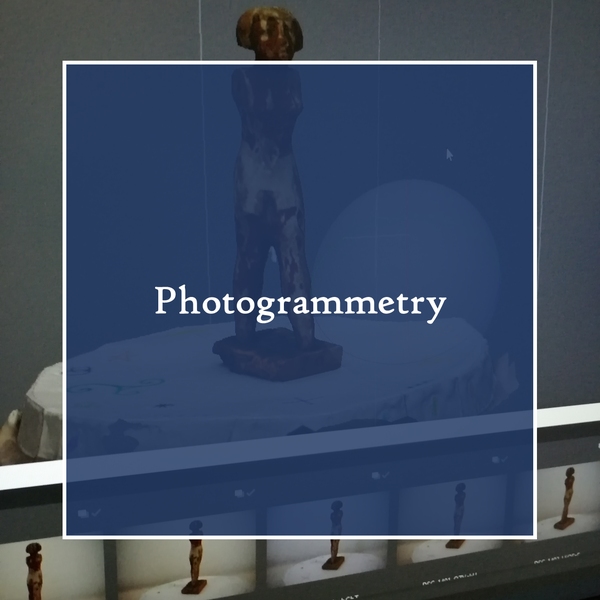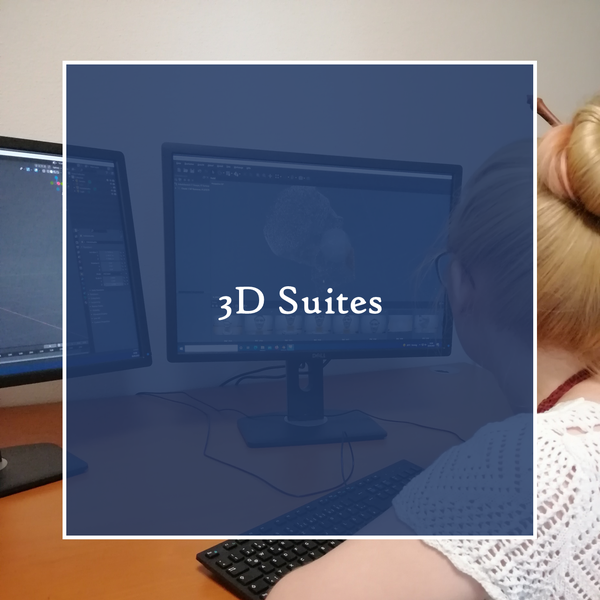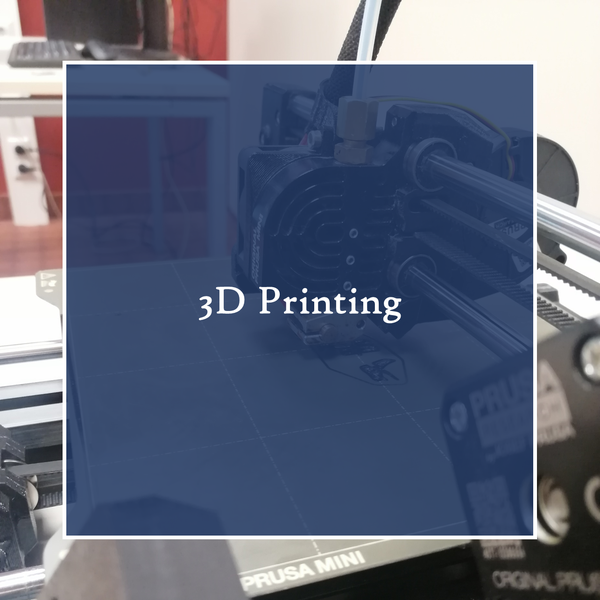3D models and 3D printing
|
We digitise the holdings of the Collection of Classical Antiquities for a wide variety of projects. Students can actively engage in the process in the context of seminars and exercises to acquire software skills and expand their competence profile for their future career path. Digitisation ranges from taking a simple photo to creating elaborate 3D models, which are not only used in virtual space, but are also used, for example, as 3D prints in "portable museums" for schools. Learn more about the individual steps from taking a photo to the finished 3D model here. |
|
 |
The process begins with the digital recording of a collection object. Here, the object is either recorded from different perspectives with a camera or captured with a laser scanner. The laser scanner automatically generates 3D data, which can then be fed into a 3D suite for further processing. In the case of recording with a camera, photogrammetry enables 3D data to be obtained from two-dimensional photographs. In order to create a good 3D model from photos that enables high-quality 3D printing in the final step, the number and quality of the individual photos is crucial - the higher the number and resolution of the photos, the more detailed the 3D model will be. |
 |
Photogrammetry is a process to create 3D models from several photos of an object from different perspectives. In this process, 2D and 3D data are extracted from photographs by converting overlapping photographs of an object into 3D models. For this purpose, measurement points of the photographed object are created in photogrammetry software, from which a three-dimensional shape is subsequently determined, which can then not only be modelled, scaled and printed, but also animated.
|
 |
3D suites not only allow you to create a polygon mesh to work on the resolution or size of a 3D model, but support the entire 3D pipeline: modelling, rigging, animation, simulation, rendering, compositing and motion tracking, and video editing. |
 |
3D printing refers to all manufacturing processes in which liquid or solid material (e.g. filament) is applied layer by layer to a carrier plate to create three-dimensional objects. The layer-by-layer build-up is computer-controlled by physical or chemical melting or hardening processes according to specified dimensions and shapes. Depending on the size of the model and the technology of the printer, the printing time varies between a few minutes and many hours. |
 |
The product is a collection object to touch and can be copied as often as desired and used in a wide variety of educational contexts. Due to its characteristics as a hands-on object, it is particularly suitable for intensive use in "portable museums". |
